All Posts
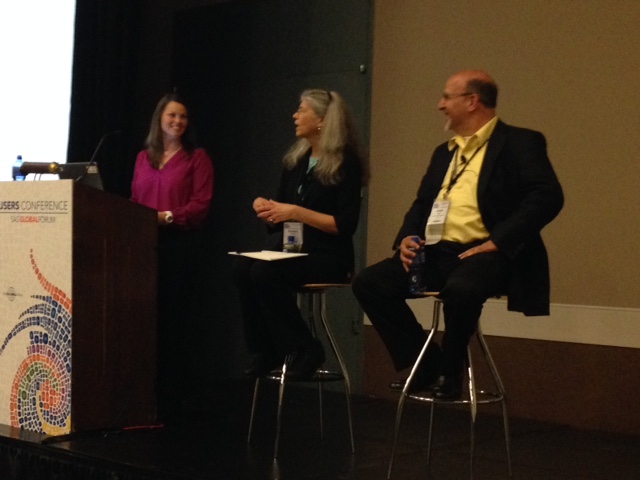
SAS Global Forum provides a perfect opportunity for SAS users group leaders from across the country to meet in-person to share best practices and new ideas. This year’s SAS users group leaders link-up event was led by Melissa Perez – the new users group programs manager at SAS. She talked

As the age old idiom goes, the early bird gets the worm and the early adopter gets the break. New technologies give clear advantages to those organisations that figure out before their early-adopting competitors how to use them effectively, an advantage that recedes as others catch up, and the technology
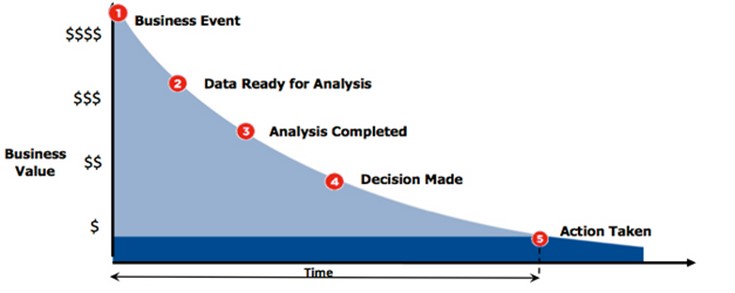
SAS Event Stream Processing that is! The latest release of SAS Event Stream Processing will launch May 12, and numerous customers around the globe are already using it. So what’s the big deal? Why event streams are important to business SAS Event Stream Processing allows organizations to react to events

Pueden explorar los datos más rápido que una bala. Su forma de aprendizaje es más poderosa que una locomotora. Incluso pueden transformar miles de datos desordenados en información útil en un abrir y cerrar de ojos. Es realmente impresionante lo que pueden hacer… De hecho, muchas organizaciones están tratando de
In the last post, we talked about creating the requirements for the data analytics, and profiling the data prior to load. Now, let’s consider how to filter, format and deliver that data to the analytics application. Filter – the act of selecting the data of interest to be used in the
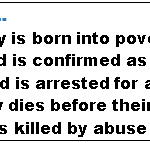
“What we do to our children they will do to society.” Greek philosopher Pliny the Elder said that more than 2,000 years ago, and it’s just as true today. In 2013, more than 600,000 children in the US were confirmed victims of maltreatment in the home, according to U.S. Department
In the era of big data, we collect, prepare, manage, and analyze a lot of data that is supposed to provide us with a better picture of our customers, partners, products, and services. These vast data murals are impressive to behold, but in painting such a broad canvas, these pictures
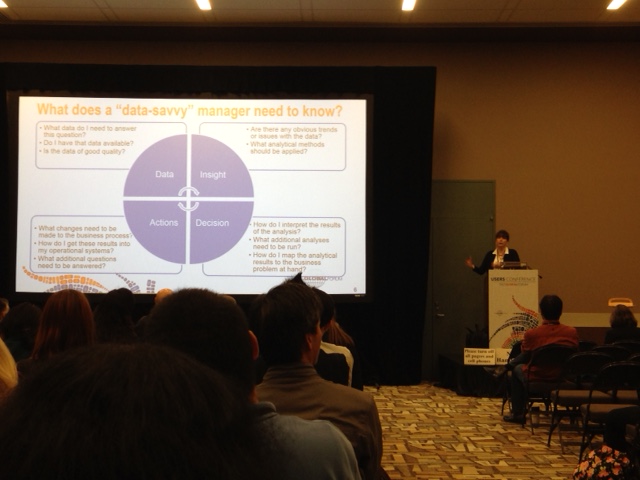
One of the big topics at SAS Global Forum 2015 is the analytics skills gap. Tonya Etchison Balan of the Poole College of Management at NC State University presented a case study approach for teaching analytical skills. The motto at NC State is “Think and Do.” What that means is

The SAS Business Knowledge Series now offers an online version of the "Forecast Value Added Analysis" course, taught via live web in two afternoon sessions, May 7-8. The instructor is my colleague Chip Wells, who expanded our original 1/2 day FVA workshop with new material, examples, and exercises based on his

The Institute of Business Forecasting's FVA blog series continued on March 2, with my interview of Steve Morlidge of CatchBull. Steve's research (and his articles in Foresight) have been a frequent subject of BFD blog posts over the last couple of years (e.g. The "Avoidability of Forecast Error (4 parts),
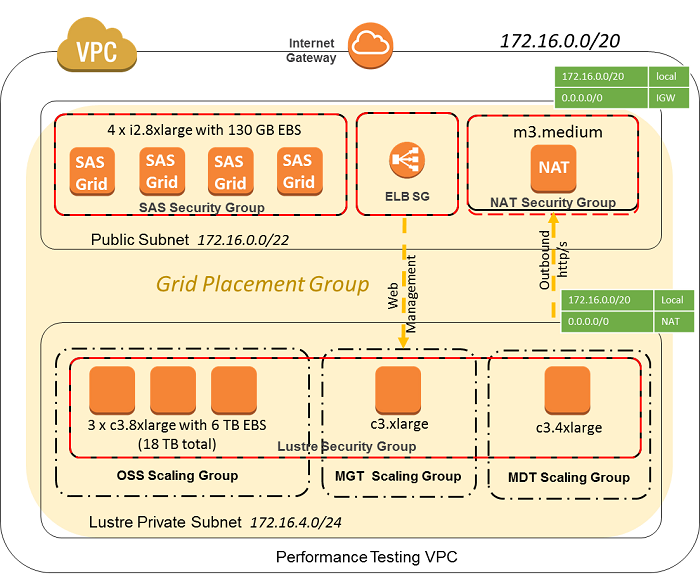
SAS recently performed testing using the Intel Cloud Edition for Lustre* Software - Global Support (HVM) available on AWS marketplace to determine how well a standard workload mix using SAS Grid Manager performs on AWS. Our testing demonstrates that with the right design choices you can run demanding compute and

I've seen a lot of recent news articles purporting income inequality in the U.S. ("the rich get richer, and the poor get poorer") ... and I wondered if the graphs were a true/unbiased representation of the data. For example, I recently saw a couple of graphs in an article on the
One area that often gets overlooked when building out a new data analytics solution is the importance of ensuring accurate and robust data definitions. This is one of those issues that is difficult to detect because unlike a data quality defect, there are no alarms or reports to indicate a

SAS Global Forum has just begun. Attendees are excited to see everything and everyone. A team of volunteers works hard with one goal in mind. To make sure it’s perfect to have you return time over time. There are definitely quite a few changes and I know for some past

I remember the first time I was faced with the challenge of parallelizing a DATA step process. It was 2001 and SAS V8.1 was shiny and new. We were processing very large data sets, and the computations performed on each record were quite complex. The processing was crawling along on












